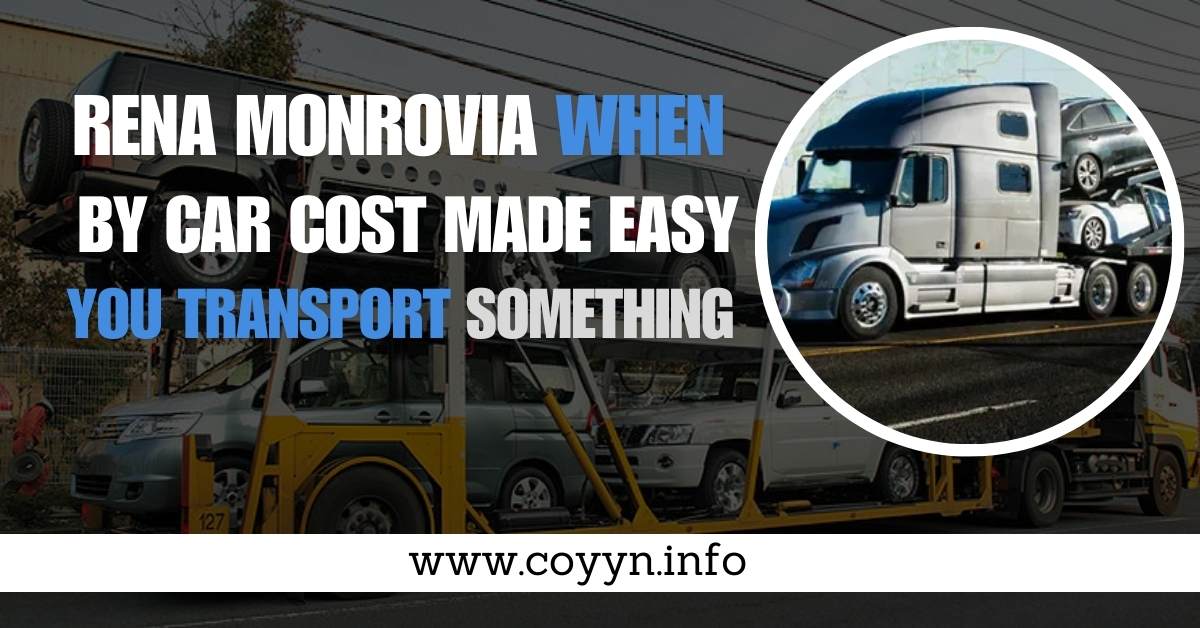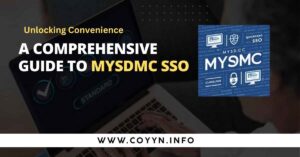Transporting something by car can seem complicated, especially when you want to keep costs low. In Rena Monrovia, understanding the cost of car transportation is essential for anyone planning to move items.
When you plan to transport items, knowing the basics of costs is key. Whether you are moving furniture, vehicles, or other belongings, various factors impact the total price. By understanding what influences these costs, you can make smarter decisions.
This guide will help you navigate the expenses involved and provide tips to make the process easier. By breaking down the costs and sharing expert advice, you can feel confident about your transport choices.
Understanding the Basics of Car Transportation Costs
When you consider car transportation costs, it’s important to look at several factors. First, the distance you need to travel plays a big role. Longer trips will naturally cost more due to increased fuel use and time.
Additionally, the type of vehicle you use is crucial. Larger vehicles typically consume more fuel, which can raise your expenses. Seasonal demand also affects prices. For example, during peak moving seasons, rates can go up due to higher demand.
Another factor that can affect your cost is the size and weight of the items you are transporting. Heavy loads require more fuel and may need a larger vehicle, increasing your overall price. Understanding these basics will help you plan better and avoid unexpected expenses.
What Influences the Cost of Transporting Items by Car?
Many elements influence the cost of transporting items by car. One of the main factors is fuel prices. Fluctuations in fuel costs can significantly alter your budget. Additionally, the condition of the vehicle matters. Older vehicles may require more maintenance, leading to higher costs over time. The route you choose can also impact your expenses. Some routes have tolls or other fees that can add up quickly.
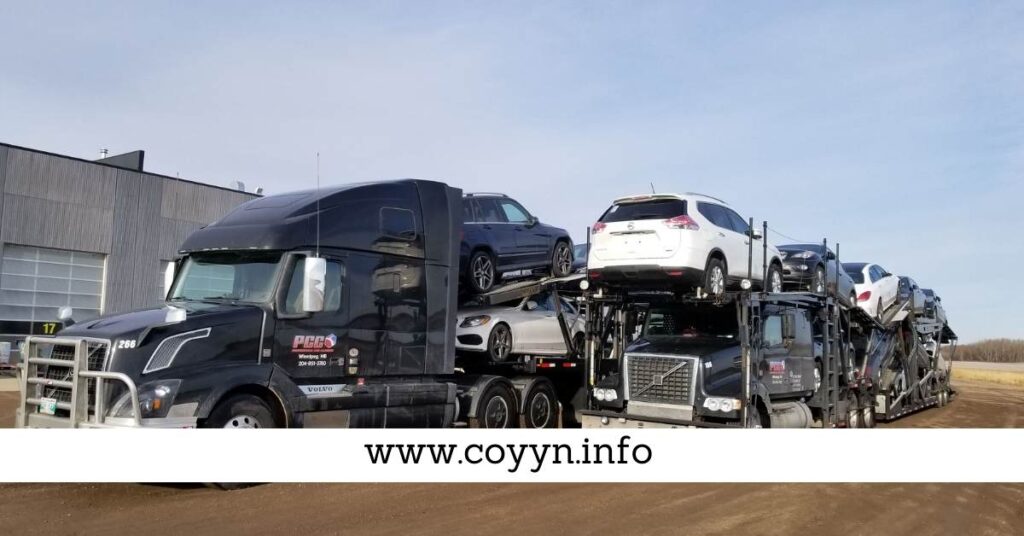
Furthermore, driver experience plays a role. Hiring skilled drivers may cost more upfront, but they often work more efficiently, saving you money in the long run. Understanding these influences will help you create a more accurate budget for your transportation needs.
Additional Cost Factors to Consider
When planning your budget, it’s essential to think beyond the main expenses. Hidden costs can sneak up and disrupt your financial plans if you’re not prepared.
- Maintenance Costs:
Regular upkeep or unexpected repairs can quickly increase your expenses, especially for vehicles needing upgrades before transport. - Delays:
- Weather Conditions: Storms or bad weather can slow down transport and add extra costs.
- Road Construction: Detours or closed routes might increase fuel and time expenses.
- Insurance:
- Investing in proper coverage is crucial.
- It protects you financially if accidents, theft, or damage occur during transit.
Key Cost Categories in Car Transport
Understanding the main cost categories in car transport helps you plan your budget efficiently. Expenses like fuel, labor, and tolls can add up quickly. By breaking down these costs, you’ll know where your money is going and avoid surprises.
Here’s a simple table to explain the key categories:
| Cost Category | Details | Example |
| Fuel Costs | Based on the distance traveled and fuel efficiency of your vehicle. | Driving 300 miles in a car with 20 MPG at $3/gallon costs $45. |
| Labor Costs | Charges for drivers or helpers for loading, unloading, or transport services. | Hiring an experienced driver may cost more but ensures safer transport. |
| Tolls and Road Fees | Expenses for toll roads, bridges, or specific routes that require payment. | Driving through toll-heavy areas may increase costs significantly. |
Fuel and Mileage Costs
Fuel costs are a major consideration when transporting items by car. The distance you travel and your vehicle’s fuel efficiency greatly impact this expense. For example, if you’re moving from Rena Monrovia to another city, calculating the total miles will help you estimate fuel needs. Most vehicles average between 20 to 30 miles per gallon, depending on the make and model.
You can use tools like Google Maps to find the best route and approximate mileage. By knowing your vehicle’s mileage, you can calculate fuel costs more accurately. If gas prices rise unexpectedly, having a budget cushion will help you stay on track financially.
Labor Costs
Labor costs can vary widely depending on the type of help you need. If you hire a moving company, they may charge a flat fee or hourly rate. For example, a local moving company might charge around $100 to $150 per hour for two movers. If you only need help for a few hours, this can be an affordable option.
However, if you’re transporting large items or moving over a long distance, you might consider hiring professional drivers. While this option can be pricier, experienced drivers often deliver items more safely and efficiently. Their knowledge of the best routes can also save you time and money.
Tolls and Road Fees
When traveling by car, tolls and road fees can significantly affect your budget. Highways, bridges, and tunnels often require toll payments, which can add up depending on your route. To save money, it’s helpful to plan ahead and explore toll-free alternatives.
Here’s a breakdown of what you need to know:
| Factor | Details | Example |
| Toll Roads | Highways that charge fees for use, often to maintain road quality or fund construction. | A 100-mile toll road may charge $5-$20, depending on the state. |
| Bridges and Tunnels | Specific bridges and tunnels often have tolls, especially in urban areas. | Crossing the George Washington Bridge in NYC costs around $16 for a car. |
| Planning Your Route | Using tools like Waze or Google Maps can help you identify toll routes and find alternatives. | Planning ahead can help you avoid toll-heavy roads and reduce expenses. |
Insurance and Liability Coverage
Insurance is another crucial aspect of car transportation costs. Depending on your policy, coverage may vary. Some policies cover damages that occur during transport, while others do not. It is essential to review your insurance options before starting your journey.
For example, if you are transporting a valuable item, consider purchasing additional insurance. This step can provide peace of mind and protect your investment. Without adequate coverage, you risk facing significant financial losses in case of accidents or damages.
Tips for Reducing Car Transportation Costs
Saving money on car transportation is easier than you might think. By planning carefully and making smart choices, you can reduce costs without sacrificing efficiency.
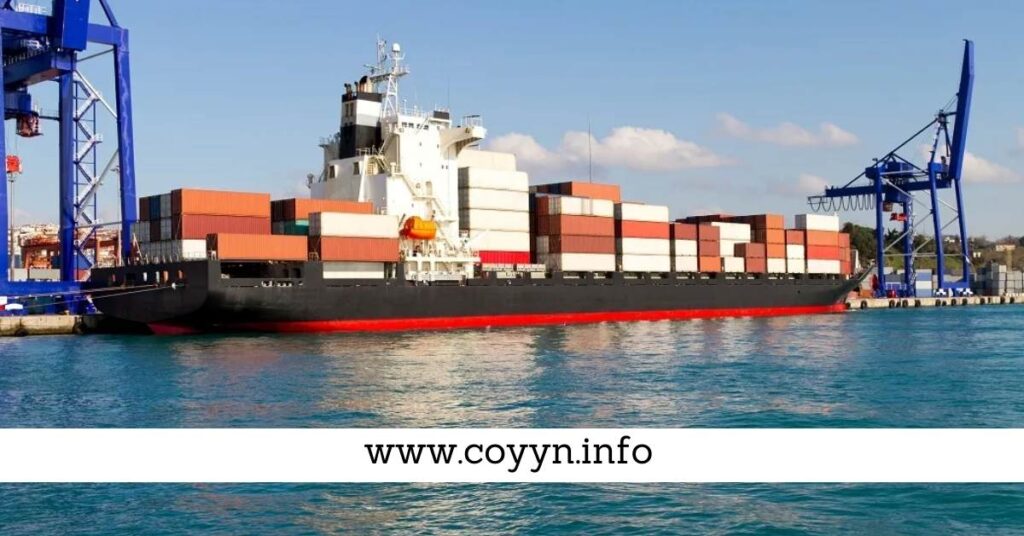
Here are some practical tips to keep your expenses low:
- Choose the Right Vehicle:
- Use a vehicle that matches the size of your load.
- Avoid larger vehicles if you’re only transporting small items to save on fuel.
- Plan Your Route:
- Use GPS apps like Google Maps or Waze to find the shortest route.
- Avoid toll roads and heavy traffic whenever possible to save time and money.
- Check Fuel Efficiency:
- Opt for fuel-efficient vehicles to reduce gas expenses.
- Keep your tires properly inflated to improve mileage.
- Travel During Off-Peak Times:
- Avoid rush hour to reduce idle time in traffic, saving fuel and time.
- Consolidate Trips:
- Combine multiple errands or deliveries into one trip to minimize overall mileage.
Choose the Right Vehicle for the Job
Choosing the right vehicle plays a significant role in reducing costs. If you only need to transport a few small items, a compact car might suffice. However, for larger loads, consider renting a truck or van. Many rental companies offer affordable rates, especially for short trips.
Make sure to compare different vehicles and their fuel efficiencies. A vehicle that consumes less fuel will help you save money in the long run. It’s essential to consider your specific needs before deciding which vehicle to use.
Plan Your Route Efficiently
Planning your route efficiently is another way to cut costs. Use online maps to identify the best path for your journey. Look for routes that avoid heavy traffic, tolls, and construction zones. By doing this, you can save time and fuel, ultimately reducing your transportation expenses.
Additionally, keep an eye on weather forecasts. Bad weather can lead to delays and increased fuel consumption. If you know a storm is coming, consider adjusting your travel dates to avoid complications.
Use Technology for Budgeting and Route Planning
Technology can be a valuable tool when it comes to budgeting and route planning. Numerous apps exist that help you track expenses and optimize your travel. For example, you can use budgeting apps to calculate anticipated fuel costs and labor fees.
Route-planning apps can also provide real-time traffic updates and alternate routes. This information allows you to adjust your travel plans easily. Utilizing technology can help streamline your process and manage your expenses effectively.
Travel During Off-Peak Times
Traveling during off-peak times can also save you money. Peak travel seasons often see higher prices for fuel and services. If you can avoid weekends and holidays, you might find better rates.
In addition, consider traveling during non-peak hours. Early mornings or late evenings typically have less traffic, which can result in faster travel times. You’ll spend less on fuel and possibly avoid tolls.
Consolidate Items for Fewer Trips
Consolidating items for fewer trips is another effective strategy. Rather than making multiple trips, try to pack everything into one or two loads. This approach cuts down on fuel costs and time spent driving.
When preparing for your move, take the time to organize and pack only what you need. The less you have to transport, the more money you can save. If you’re unsure about what to keep, consider donating or selling items you no longer use.
Common Mistakes to Avoid When Budgeting for Car Transportation
When budgeting for car transportation, it’s easy to make mistakes. One common error is overlooking hidden fees. Many people forget to account for costs like tolls, fuel surcharges, and additional labor charges. Always do thorough research and include these potential expenses in your budget.
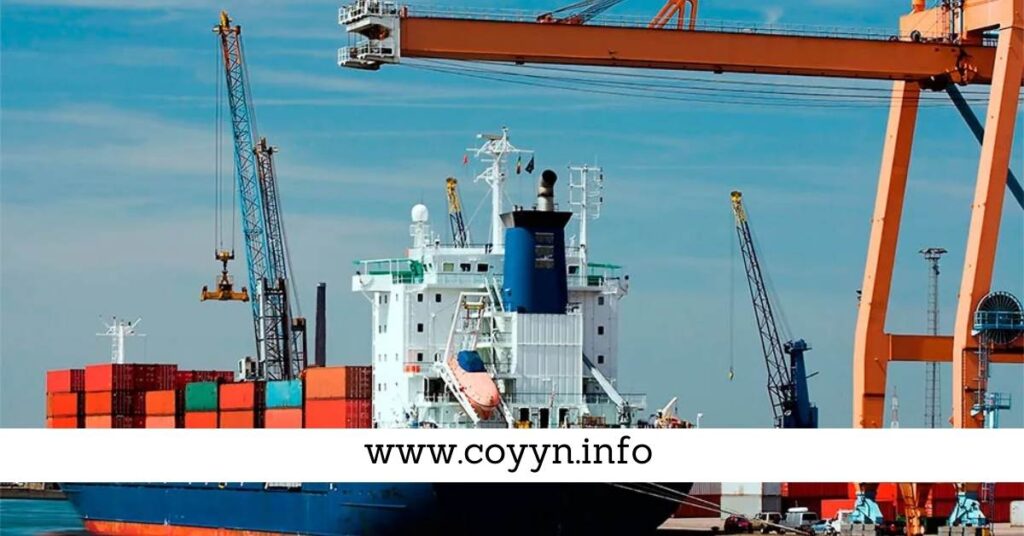
Another common mistake is ignoring vehicle maintenance costs. If your vehicle needs repairs, these expenses can quickly add up. Ensure your vehicle is in good condition before embarking on your journey. This preparation will help you avoid unexpected repair costs during transport.
1) Overlooking Hidden Fees
Overlooking hidden fees can lead to budgeting issues. Many services have additional charges that aren’t immediately apparent. For example, some moving companies may add fees for packing materials or extra mileage.
To avoid surprises, always ask for a full breakdown of costs before committing to a service. Being aware of all potential fees will help you create a more accurate budget.
2) Ignoring Vehicle Maintenance Costs
Ignoring vehicle maintenance costs can affect your overall budget. If you don’t take care of your vehicle, you may face unexpected repair bills during your transport. Before setting out, ensure your vehicle is in good working condition. Check the oil, brakes, tires, and any other essential systems. A well-maintained vehicle not only runs more efficiently but also reduces the risk of breakdowns that could lead to costly delays.
Keeping up with regular maintenance is crucial for avoiding larger issues down the road. For instance, if you notice any strange noises or performance issues, address them before your trip. This proactive approach can save you money and hassle during transportation.
3) Not Factoring in Insurance
Many people fail to factor in insurance when budgeting for car transportation. Without proper coverage, you expose yourself to significant financial risk. If an accident occurs during transport or if an item gets damaged, you could face hefty repair or replacement costs.
Before starting your journey, review your insurance policy. Ensure you have adequate coverage for the items you are transporting. If necessary, consider purchasing additional insurance for peace of mind. This step can protect you from unexpected expenses and provide assurance that your belongings are safe during transport.
Also Read: Payday Loans Eloanwarehouse: A Deep Dive into Payday Loans
Rena Monrovia’s Pro Tips for Hassle-Free Car Transportation
For a stress-free car transport experience in Rena Monrovia, proper preparation is key. Following these expert tips will help you avoid common pitfalls and ensure a smooth journey:
- Secure Your Load:
- Use strong straps to fasten items securely and prevent shifting during transit.
- Add padding to protect delicate items from damage.
- Pack Emergency Essentials:
- Carry a first aid kit, basic tools, and extra supplies for unforeseen issues.
- Being prepared boosts confidence and helps you handle minor problems effectively.
- Communicate Clearly:
- Coordinate with clients or recipients ahead of time.
- Discuss delivery times, expectations, and any specific requirements to avoid delays.
1) Ensure Secure Load Fastening
Securing your load properly is essential for safe transportation. Use tie-downs, straps, and padding to ensure everything stays in place during your journey. An unsecured load can lead to accidents or damage, resulting in costly repairs or replacements.
Before hitting the road, double-check that everything is secure. Take the time to inspect your load and make adjustments as needed. This extra effort can save you significant trouble and expense.
2) Pack Essential Emergency Items
Packing essential emergency items can provide peace of mind during transport. Include a first aid kit, flashlight, basic tools, and any necessary spare parts for your vehicle. These items are invaluable if you encounter problems on the road.
Being prepared for emergencies helps you react quickly and effectively. If you experience a flat tire or minor breakdown, having the right tools on hand can save you time and hassle.
3) Coordinate with Clients or Recipients in Advance
Clear communication with clients or recipients helps ensure a smooth transport experience. Discuss delivery times and expectations before you start your journey. This coordination helps prevent misunderstandings and allows everyone involved to prepare adequately.
By communicating openly, you can address any questions or concerns before they become issues. This proactive approach fosters trust and leads to a more successful transport experience.
Conclusion
Understanding the costs associated with transporting something by car in Rena Monrovia can make the process easier and more cost-effective. By exploring the various factors that influence transportation costs, you can create an accurate budget. Remember to account for fuel, labor, tolls, and insurance to avoid surprises.
Utilizing tips for reducing costs, such as choosing the right vehicle, planning your route efficiently, and maintaining clear communication, will help ensure a smooth transport experience. With the right preparation and knowledge, you can confidently navigate the world of car transportation, making the process as hassle-free as possible.
